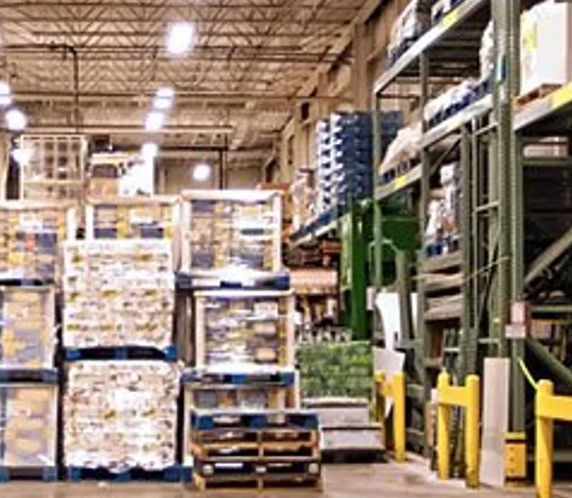
Rotomolding: The Versatile World of Plastic Manufacturing
Rotational molding, popularly known as Rotomolding, can be a well-known developing strategy useful for producing hollow plastic-type material goods. The process uses an increased-heat heating system procedure that melts plastic-type material resin inside a fungus. The molten substance will be rotated to evenly spread around the mold’s internal, making the specified shape. The ultimate item is hollow, durable, and functional. Rotomolding is commonly used in industries for example automotive, packaging, underwater, and health care. If you are searching for learning more about Rotomolding, this thorough guide will demystify this process and assist you to understand this interesting production approach.
A Brief History of Rotational Molding
Rotomolding has been in existence in excess of a hundred years. It was first found in the manufacturing of gadget balls and dolls in early 1900s. The process was then accustomed to create huge, cylindrical tanks and storage containers inside the 1940s. From the 1960s, Rotomolding was a well-liked manufacturing method for developing intricate hollow goods. The process has because advanced to feature automation, multiple-layered products, and personalized colour design.
The Rotational Molding Method
Rotomolding entails four principal methods: packing, heating system, air conditioning, and unloading. First, the mold is packed with powder resin, which is then warmed up until it melts and it is evenly dispersed around the mold’s interior. The mildew is then cooled to firm up and harden the merchandise before it is actually taken out. The very last product is usually finished and cut on the ideal design.
Supplies Used in Rotational Molding
The materials employed in Rotomolding are thermoplastics that melt and harden responding to temperatures changes. One of the most commonly used resources are polyethylene, polypropylene, nylon material, and PVC. These resources supply several rewards, like sturdiness, chemical substance resistance, and adaptability. In addition, Rotomolding materials are recyclable, making them eco-friendly.
Great things about Rotational Molding
Rotomolding delivers numerous benefits over other developing tactics. The highest advantages is the capability to generate complex hollow elements that could be challenging or difficult to generate employing other methods. Rotomolding is yet another inexpensive approach, and is particularly well suited for developing low-quantity production runs. Furthermore, Rotomolding provides design overall flexibility, enabling custom shapes, shades, and textures.
Uses of Rotational Molding
Rotomolding is popular in industries including car, healthcare, sports and entertainment, and product packaging. Frequent goods produced using the Rotomolding approach incorporate gasoline tanks, kayaks, playground gear, car parts, and health-related devices. Rotomolding’s flexibility, effectiveness, and modification options make it a great producing means for a huge variety of apps.
Bottom line:
If you’re seeking a versatile, inexpensive, and custom production technique, Rotomolding is an excellent option. With being able to create complex, hollow components, Rotomolding is ideal for an array of market sectors and applications. No matter if you’re enthusiastic about creating car components, health-related products, or play ground devices, Rotomolding gives a multitude of positive aspects. Comprehending the record, approach, materials, and applications of Rotomolding is vital to find the appropriate production process for your project. Therefore if you’re enthusiastic about learning more about Rotomolding, maintain investigating, and you may find out about this fascinating developing strategy.